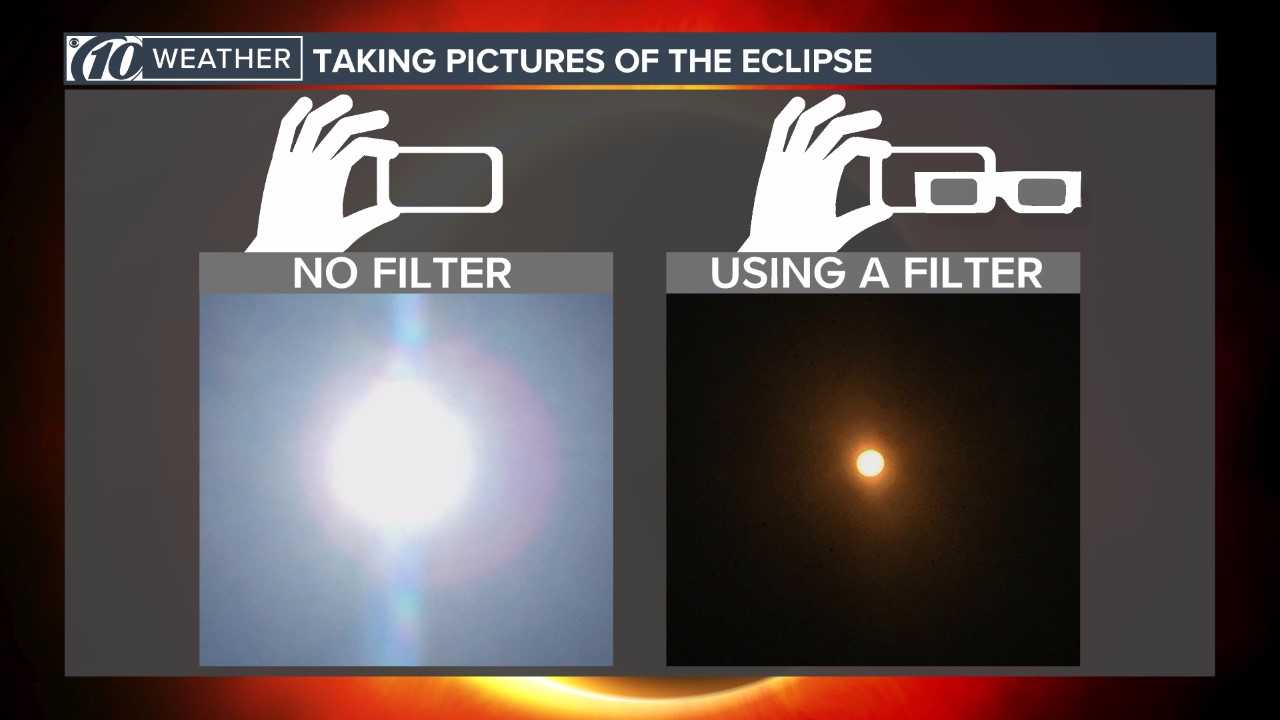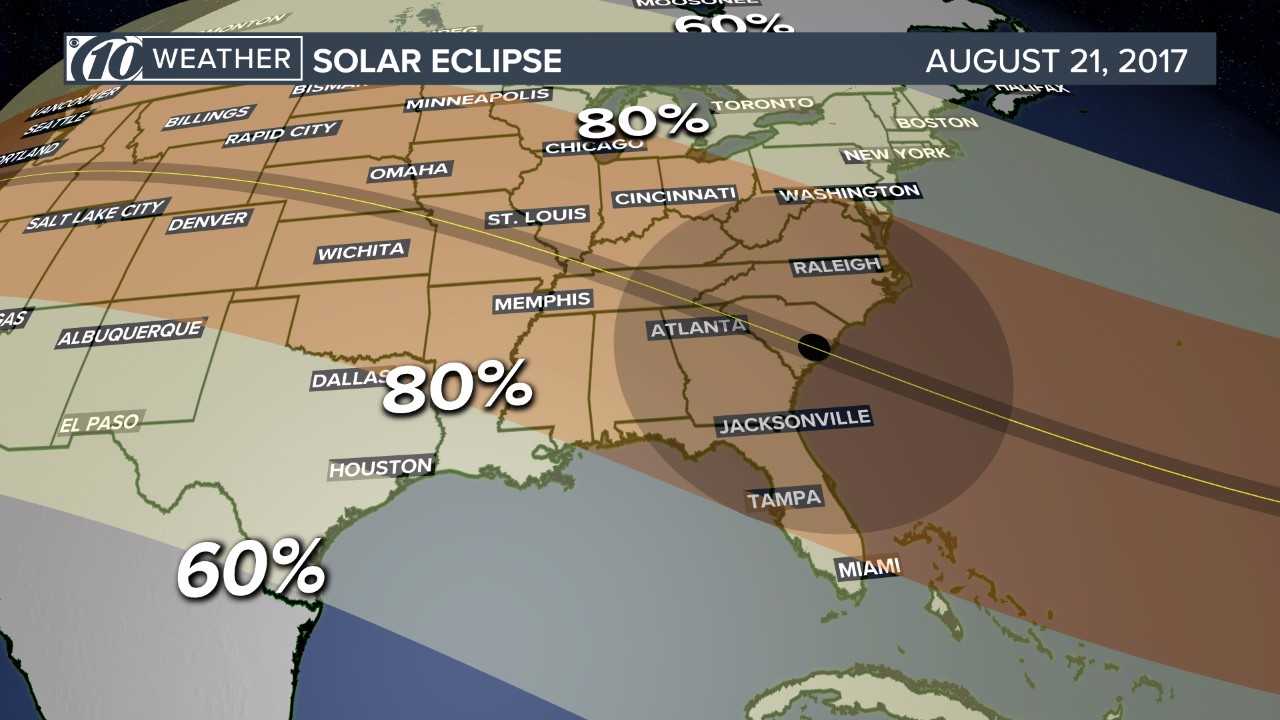Why Is Looking At An Eclipse Worse Than The Sun? A Comprehensive Guide
Ever wondered why stargazers get all hyped up about eclipses but then act like it's the end of the world if you look at one without protection? Well, buckle up, because we're diving deep into this cosmic mystery today. If you're scratching your head about why staring at an eclipse is worse than gazing at the sun, you're not alone. It’s a question that pops up every time there's a solar event, and for good reason. The sun is, well, the sun—big, bright, and basically the life force of our planet. But when it comes to eclipses, things get a little… shady.
Let’s be real: the sun is no joke. It’s a giant ball of burning gas that can fry your retinas faster than you can say "solar flare." But during an eclipse, the rules change. The moon slides in front of the sun, casting a shadow on Earth, and suddenly, people start acting like the sky is falling—or at least like their eyes are. So, why is looking at an eclipse worse than the sun? We’ll break it down for you in this comprehensive guide.
Before we dive into the nitty-gritty, let’s set the stage. This isn’t just about being cautious—it’s about protecting your vision. Your eyes are precious, and once they’re damaged, there’s no undo button. So, whether you’re a seasoned astronomer or a casual sky watcher, this guide is for you. Let’s get started!
Read also:Unveiling The Potential Of Sotwe Turk Ifsa
What Happens When You Look at the Sun?
Looking directly at the sun without protection is like inviting a solar-powered laser to zap your eyeballs. The sun emits ultraviolet (UV) radiation, which can cause serious damage to your eyes in seconds. UV rays penetrate deep into the retina, leading to a condition called solar retinopathy. This is basically like giving your eyes a sunburn from the inside out.
Here’s the kicker: your eyes don’t have pain receptors, so you won’t even feel it happening. By the time you notice something’s wrong, the damage could already be done. Symptoms include blurry vision, blind spots, and in severe cases, permanent vision loss. So yeah, staring at the sun is a big no-no.
Why Is an Eclipse Different?
Now, here’s where things get interesting. During a solar eclipse, the moon blocks most of the sun’s light, creating a breathtaking celestial event. But here’s the catch: the sun isn’t completely covered. Even during a total eclipse, the sun’s outer atmosphere, known as the corona, is still visible. And guess what? That corona is still emitting harmful UV radiation.
What makes an eclipse worse is the deceptive nature of the event. When the sun is partially or totally blocked, it tricks your eyes into thinking it’s safe to look. But the moment you glance up without proper protection, you’re exposing your retinas to concentrated UV rays. It’s like sneaking up on a tiger and expecting it to be tame.
Why Is the Eclipse More Dangerous Than the Sun?
Let’s break it down step by step. The main reason an eclipse is more dangerous than the sun is because of the illusion of safety. Here’s how it works:
- Diminished Brightness: During an eclipse, the sun’s brightness is reduced, making it seem less harmful. This tricks your brain into thinking it’s okay to stare.
- Concentrated UV Radiation: Even though the sun is partially blocked, the UV rays are still present and can cause severe damage to your eyes.
- No Immediate Pain: As mentioned earlier, your eyes don’t have pain receptors, so you won’t feel the damage happening in real-time.
- Longer Exposure: People tend to stare at an eclipse for longer periods because it’s such a rare and fascinating event. This increases the risk of damage.
So, while the sun is dangerous on its own, an eclipse amplifies the risk by lulling you into a false sense of security.
Read also:Exploring The Influence Of Lays Peace Erome On Modern Society
What Happens to Your Eyes During an Eclipse?
When you look at an eclipse without proper protection, the UV radiation penetrates your cornea and lens, reaching the retina at the back of your eye. The retina is like the camera film of your eyes—it captures light and sends signals to your brain. But when exposed to intense UV rays, the retina can burn, leading to solar retinopathy.
This condition causes irreversible damage to the photoreceptor cells in your retina. Think of it like frying an egg on a hot pan—once it’s done, there’s no going back. Symptoms may not appear immediately, but they can include:
- Blurred vision
- Central blind spots
- Distorted shapes
- Difficulty seeing in bright light
And here’s the kicker: there’s no cure for solar retinopathy. Once the damage is done, it’s permanent. So, protecting your eyes during an eclipse isn’t just important—it’s essential.
How to Safely View an Eclipse
Now that we’ve established why looking at an eclipse is worse than the sun, let’s talk about how to enjoy this cosmic spectacle safely. Here are some tips:
Use Certified Solar Filters
Invest in eclipse glasses that meet the ISO 12312-2 international safety standard. These glasses are designed to block out 99.999% of the sun’s harmful rays, allowing you to view the eclipse without risking your vision. Don’t settle for cheap knockoffs—make sure your glasses are certified.
Build a Pinhole Projector
If you don’t have access to eclipse glasses, you can create a DIY pinhole projector. This simple device allows you to view the eclipse indirectly by projecting the sun’s image onto a surface. All you need is a piece of cardboard, a pin, and a little creativity.
Use a Welder’s Glass
Welder’s glass with a shade of 14 or higher can also be used to view an eclipse safely. However, this option isn’t as convenient as eclipse glasses and may not provide the best viewing experience.
Common Myths About Eclipse Viewing
There’s a lot of misinformation out there about eclipses, so let’s debunk some common myths:
- Myth: Sunglasses are enough to protect your eyes during an eclipse. Fact: Regular sunglasses don’t block out enough UV radiation to make it safe to look at an eclipse.
- Myth: You can only look at the eclipse during totality. Fact: While it’s safe to look at a total eclipse without glasses during the brief period of totality, you still need protection during the partial phases.
- Myth: Eclipse glasses are reusable. Fact: Eclipse glasses have a limited lifespan and should be replaced if they’re scratched, damaged, or more than three years old.
Arming yourself with the facts is the first step in staying safe during an eclipse.
Why Do People Still Take Risks?
Despite the warnings, some people still choose to look at an eclipse without protection. This could be due to a lack of awareness, overconfidence, or simply not having access to proper gear. But the truth is, the risks far outweigh any potential rewards. Your eyes are irreplaceable, and protecting them should always be a priority.
The Science Behind Solar Eclipses
To truly understand why looking at an eclipse is worse than the sun, it helps to know a little about the science behind these events. A solar eclipse occurs when the moon passes between the Earth and the sun, casting a shadow on our planet. There are three main types of solar eclipses:
- Total Eclipse: The moon completely covers the sun, creating a stunning spectacle.
- Partial Eclipse: The moon only partially covers the sun, resulting in a crescent-shaped shadow.
- Annular Eclipse: The moon appears smaller than the sun, creating a "ring of fire" effect.
Each type of eclipse presents its own set of challenges when it comes to safe viewing. Understanding the mechanics of these events can help you appreciate their beauty while staying safe.
How Often Do Solar Eclipses Occur?
Solar eclipses happen about two to five times a year, but the path of totality—the area where a total eclipse is visible—is relatively small. This rarity is part of what makes eclipses so special and why people travel from all over the world to witness them.
Protecting Your Vision for the Future
Now that you know why looking at an eclipse is worse than the sun, it’s time to take action. Protecting your vision isn’t just about avoiding damage during an eclipse—it’s about preserving your eyesight for years to come. Here are some tips:
- Always use proper eye protection when viewing solar events.
- Visit an eye doctor regularly for checkups.
- Wear sunglasses with UV protection on sunny days.
- Avoid staring at screens for extended periods.
Your eyes are your windows to the world, so treat them with care.
Final Thoughts
Looking at an eclipse without protection is like playing Russian roulette with your vision. The risks are real, and the consequences can be devastating. But with the right knowledge and gear, you can safely enjoy this awe-inspiring natural phenomenon. So, the next time an eclipse rolls around, remember this guide and stay safe.
We’d love to hear your thoughts! Have you ever witnessed an eclipse? What precautions did you take? Leave a comment below and share this article with your friends. Together, we can spread the word about safe eclipse viewing and protect our vision for the future.


